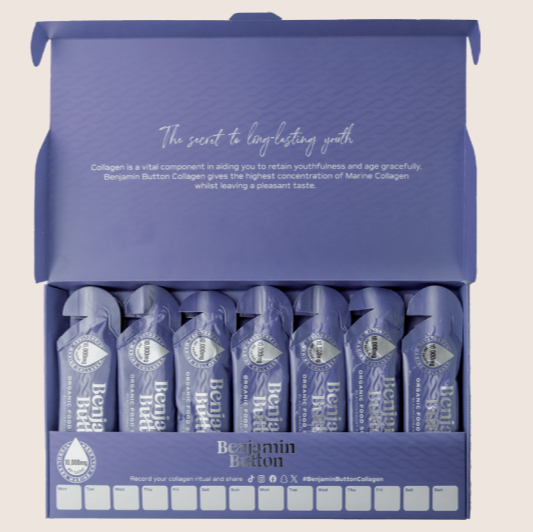The Essence of Prose Poetry
Prose poetry is a unique literary form that straddles the line between traditional poetry and prose. It allows writers to explore the rhythmic and lyrical aspects of poetry while employing the narrative structure of prose. This dynamic combination creates a rich tapestry of language, where emotions, images, and ideas flow seamlessly together. One of the most alluring elements of prose poetry is its ability to capture moments of intense emotion and thought in a compact space. Unlike conventional poetry, prose poetry does not conform to a specific line or stanza structure, granting writers the freedom to express complex ideas more fluidly. Here, we explore the various dimensions of prose poetry to uncover its captivating art.The Characteristics of Prose Poetry
To truly appreciate prose poetry, one must understand its defining characteristics. Often, prose poetry can be identified by the following traits:- Lack of Line Breaks: Unlike traditional poetry, prose poetry is written in paragraphs, which allows for a continuous flow of thought.
- Heightened Language: It often employs figurative language, metaphors, and vivid imagery, creating a sensory experience for the reader.
- Exploration of Themes: Prose poetry can delve into a wide range of themes—love, loss, nature, and identity—while maintaining an emotional depth that resonates with the reader.
- Musicality: Though it is not confined to a specific rhythm or rhyme scheme, prose poetry often exudes a musical quality through the careful choice of words and sentence structure.
- Emotional Resonance: This form of writing aims to evoke strong feelings, transforming ordinary moments into extraordinary reflections.
The Creative Process
Engaging with prose poetry often demands a different approach compared to traditional writing. The creative process can involve several stages, allowing for profound exploration and self-expression.Finding Inspiration
Inspiration for prose poetry can arise from various sources, including:- Nature: Observing the world around you can ignite powerful imagery.
- Personal Experiences: Reflecting on memories and emotions can provide a rich foundation for your work.
- Art: Visual art, music, and performances can serve as catalysts for creative thought.
- Literature: Reading other prose poets can inspire ваш own style and voice.
Drafting Your Work
Once inspired, the drafting process can begin. It may include:- Freewriting: Allowing thoughts to flow without self-censorship helps to unlock creativity.
- Experimenting with Language: Using vivid, descriptive language to cultivate emotion and imagery is essential.
- Exploring Structure: Although prose poetry lacks strict structure, experimenting with how to organise your words can greatly affect tone and flow.
Revising and Refining
The next phase involves revising your draft. Successful prose poetry often emerges from refinement:- Removing Superfluous Words: Streamlining your language enhances clarity and impact.
- Enhancing Imagery: Revisiting descriptions and metaphors can deepen the emotional resonance.
- Reading Aloud: Hearing your work can uncover rhythmic qualities and areas that require adjustment.
Prose Poetry in Modern Literature
As we explore contemporary literature, we find an increasing number of authors embracing prose poetry. The genre is thriving, appealing to both writers and readers who seek a fresh perspective on storytelling.Notable Prose Poets
Some prominent prose poets include:- Anne Carson: Known for her innovative use of language and exploration of classical themes.
- Charles Simic: His works often incorporate surreal and poignant imagery, inviting readers to contemplate the ordinary.
- Mary Ruefle: Noted for her unique voice and ability to mix intimacy with eloquence.
- Russell Edson: Often seen as a pioneer of prose poetry with his absurd yet profound narratives.
The Future of Prose Poetry
As literature continues to evolve, prose poetry stands at the forefront of experimentation. Writers are now integrating digital platforms and multimedia elements to further enhance this art form. Social media has enabled poets to share their work more broadly and engage with various audiences in real-time. Furthermore, prose poetry can transcend its traditional boundaries, merging with other art forms, such as visual art and performance. This blending paves the way for new interpretations, inviting additional layers of meaning and creativity.In conclusion, the journey of exploring the art of prose poetry is an enriching experience. The blending of narrative and poetic elements creates a space for deep emotional connection between the writer and reader. By embracing its unique characteristics and engaging in the creative process, writers can unlock their individual voices and contribute to the evolving landscape of contemporary literature. So, whether you are a seasoned poet or a newcomer, consider delving into prose poetry to explore the beauty and depth of language in a captivating way.
The allure of prose poetry is undeniable, offering a creative journey that is not only fulfilling but also transformative. As you embark on your own prose poetry adventure, remember its ability to evoke emotions and challenge perceptions, leaving behind a lasting impact on both writer and reader alike.






















